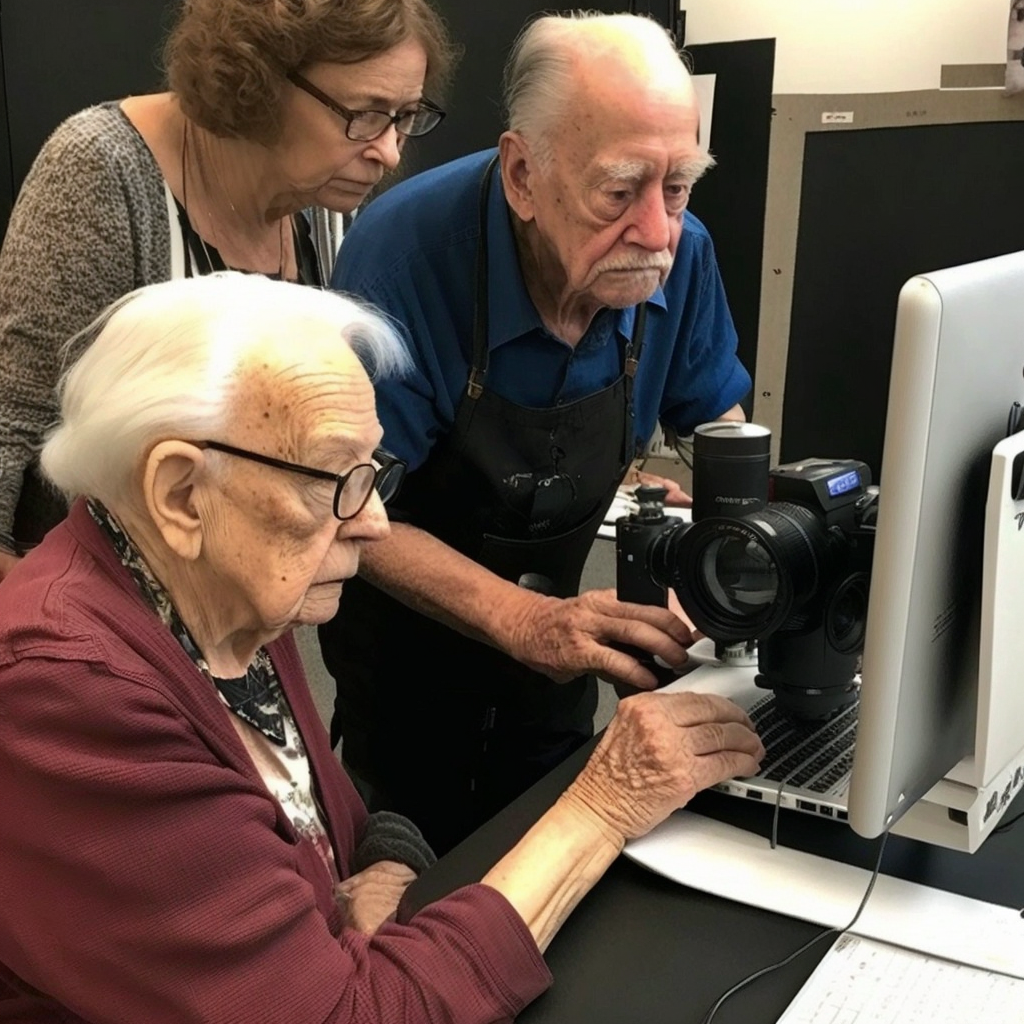The Digital Divide
About the internet access and use gap becoming wider throughout society.

The digital divide is the gap between regions and demographics that have access to information and technology. It also refers to the lack of access to technology or lack of quality access. This can be seen through countries which either may not possess the infrastructure to provide access to technology or countries which heavily censor the technology that reaches its citizens. The digital divide can be most popularly seen in three different areas: access, use, and quality of use.
The access divide can be seen throughout the wold with the socioeconomic differences and the availability of accessing technology when one cannot affourd it. People who can also not afford to take the time to learn how to effectively use the internet are also impacted by this. To help close this particular gap of access, aid organizations could provide training for different types of technology and also start programs allowing for the public use of technology in areas that may not have access to it.

The use gap occurs when there is a discrepancy between the skill level between individual. Younger generations tend to be more skilled when using and accessing new technology as they have grown up around it while older generations can have difficultiny even learning simple function on a cell phone or computer. Providing older generations with technology that they struggle with can also pose threats as online attackers may use it to leverage them for information which can be used to scam older adults. Additionally as Norton notes, younger children also face similar risks of being targeted online if not properly taught how to use the internet aswell. To aid in bridging this gap, new companies are making apps and technology more user friendly for both children and older adults.

As the World Economic Forum points out offering digital literacy courses, particularly for older adults and making them affordible could provide access to millions of aging individuals and make connecting with family even easier.
Finally, the third main gap is the quality of use gap which is the different ways people are able to access the information they need. Th is can be seen through the difficulties of using the internet in places where Wifi is hard to access or not present. This can make it so that only people in Urban cities can access the internet and the information it possesses and not people in the countryside. Companies such as Starlink however, are seeking to close this gap by providing global internet access. Quality of use can also be seen through global censorship as many governments throughout the world provide their citizens with easier access to the information which pushes their agenda, or can even outright ban information which does not fit the narrative they wish to create. This can limit the kind of information and the diversity of information which most people can access without using VPNs or other attempts at accessing the unfiltered internet. This particular gap in access can be more difficult to alter, however it may change over time through activism and providing information on how to get around such systems to access a wider range of information.